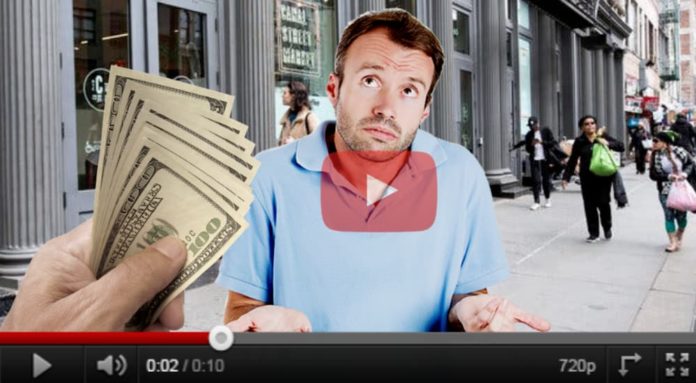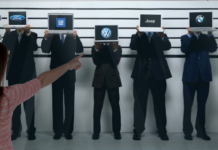In the ongoing war between leading automakers, it would appear that fresh shots are being fired across the bow at those who are restructuring their lineups around crossovers and SUVs. The source: a Dutch video series called “Are You Dumber Than an American?” And people are wondering if it might have lasting ramifications on the entire segment while issuing an indictment on our cultural awareness in general. So whether you’re debating the 2020 Ford EcoSport vs 2020 Nissan Kicks, or simply can’t tell the difference between actors Dylan McDermott or Dermot Mulroney, listen up.
On April 23rd, 2005, our world was forever changed when a video simply titled “me at the zoo” became the first to be uploaded to a new, user-centric web platform called YouTube. Nearly fifteen years later, YouTube boasts 2 billion users worldwide and is utilized by 79% of internet users (a number that jumps well-above the 90% mark when we look at users age 18 and below).
With over 720,000 hours of video content uploaded to YouTube on a daily basis, there are enough videos being added in a single day to keep a viewer busy for 82 years. And the creators of heavily-viewed content with large subscriber bases can earn up to 8 figures in monetized ad revenue. Take 8-year old Ryan Kaji, whose ’Ryan’s World’ series has earned him over $22 million, or other recognizable names like Jake & Logan Paul, Dude Perfect, Dan TDM, Jeffree Star, or PewDiePie – all of whose earnings trail closely behind.
It’s really no surprise that 75% of the children between the ages of 8 and 12 include YouTube personality or ‘vlogger’ in their list of top career goals. Simply put, it would be hard to argue the influential nature of YouTube programming, no matter how divisive some of it may be.
Needless to say, “Are You Dumber Than an American?” is a great example of such a divisive concept. In it, people are stopped on city streets in eight metropolitan areas: Boston, New York, Chicago, Seattle, Los Angeles, Dallas, Miami, and Washington D.C. Each willing participant is then given the chance to win up to $1,000 dollars by correctly identifying up to 20 commonly overlooked elements of popular culture when presented next to something that it could be confused with. Those guesses (be they correct, or dead-ass wrong) are then edited together with those of nine other participants, for comedic effect. But it’s a recurring segment within the series that has proven concerning to those in the automotive industry.
In each of these segments, two vehicles are shown. They are devoid of any badging and have their grilles obscured, making it harder to identify them. In the first episode, a Ford EcoSport was presented alongside a Nissan Kicks; and while it was bad enough that the contestant couldn’t identify either vehicle, he then went on to question the host as to whether or not the Nissan Kicks was the name of a real vehicle. Is it discouraging to Nissan and Ford? Sure. But even worse is that most contestants have struggled in a similar way, whenever they’ve been asked to identify a crossover or SUV offering. The implication, of course, is that (aside from badging) most makes and models are largely the same with little to help them stand out.
Prompted by consumer interest and sales, many automakers have pandered to their customer base, prioritizing crossover and SUV offerings over less-popular and progressively outdated vehicle styles such as sedans. And while the trend plays it safe and certainly makes sense from a business standpoint, the clear lack of individuality and defining characteristics between models can’t be ignored.
“It’s easy to laugh off one or two incidents,” explains Lee Samari, Design Exec at Nissan. “But when we start to see a string of similar results, implying that the entire industry might be manufacturing bland widgets indiscernible from one another, well, we have a bigger problem on our hands.”
It will be interesting to see if “Are You Dumber Than an American?” helps in redefining automaker strategies moving forward. But if you ask me, we need to be cautious of the content that we’re watching because the last thing we want to do is start trusting the Dutch. Wait… What?













